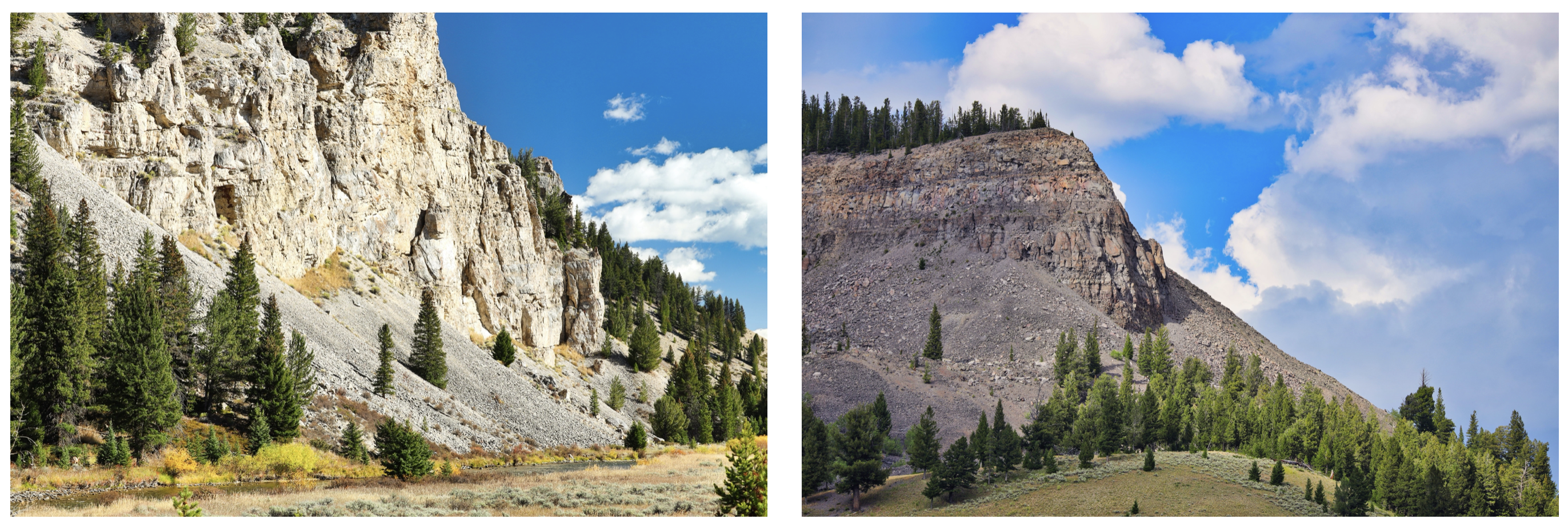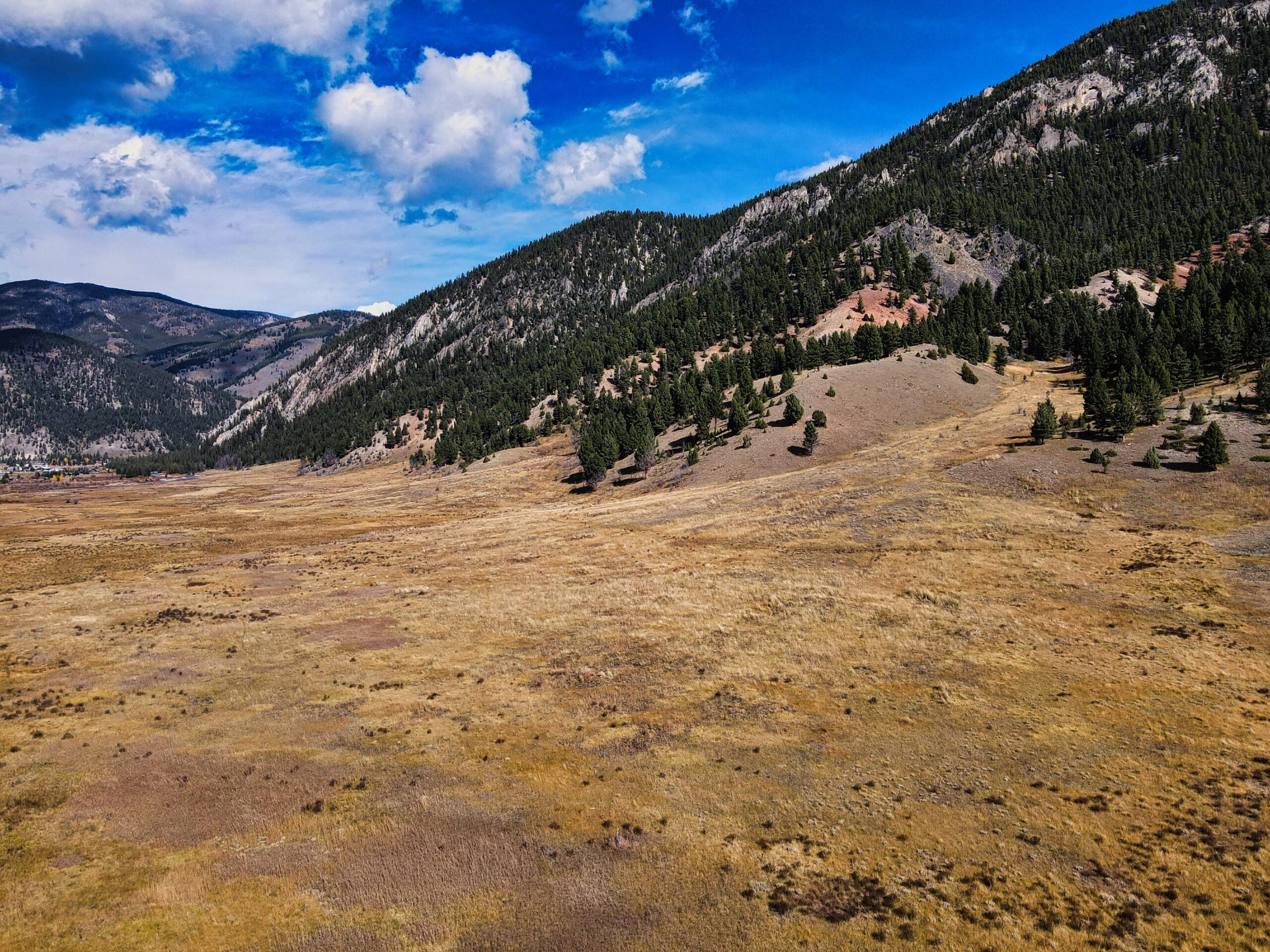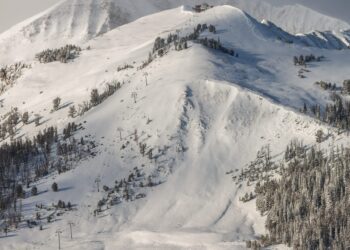By Paul Swenson EBS COLUMNIST
I always thought that a great name for a rock band would be “TALUS.” It could be so aptly applied since the way you get talus is for a rock to roll. And when rocks get dislodged from a cliff and roll to the bottom, or somewhere along the slope, they are called talus. The accumulation of all the rocks beneath a cliff is known as a talus slope.

The other reason TALUS would be such a great band name is because you would have a lot of screeming (misspelled on purpose for pun’s sake) fans. Of course, this will only make you giggle if you know that a scree field is another name for a talus slope when the rocks are smaller, relatively loose, and move easily. If you have ever hiked off trail straight up a scree slope it is like walking up the down escalator since you don’t get very far with each step since the scree will move back down the slope. The “two steps up, one back” routine.

The other fun part of a scree field is scree skiing. Make sure you have lots of ankle support before giving this sport a go. Just find a loose scree slope, hike up to the top and jump-turn back down the hill. Please DO NOT try talus skiing since the rocks here are big and don’t move much. Kind of like skiing under challenger early season.
So how do talus and scree form? First, a river, stream or glacier erodes a cliff of resistant rock. Once the cliff is exposed it is time for ice to do its magic. Perhaps you’ve left a soda or water bottle outside during a cold night, and in the morning, you find the can or bottle split due to the freezing water. This is because water expands as it becomes a crystalline solid. It is the only non-metal material that displays this type of behavior.
If you could observe a water molecule, you would see a bent molecule with the oxygen at the vertex of the angle and the two hydrogens at the end of the angle. Water is a very polar molecule, meaning that the oxygen vertex has an induced negative charge, and the hydrogen ends have an induced positive charge. This polarity causes the hydrogens of a water molecule to be attracted to the oxygens of surrounding water molecules. The attraction is not a true bond, but it is called hydrogen bonding. These bonds are responsible for water’s high surface tension and its expansion when it freezes.
As water cools, the vibrational, rotational, and translational energy of the molecules decrease allowing hydrogen bonding to become a more dominant force. The bonds start to organize themselves into a crystalline lattice with a hexagonal shape (think snowflakes) that takes up 9% more space than fluid water. That splits the frozen soda can.
It can also split rocks. If liquid water enters a crack in a rock, then freezes, it can apply enough force to wedge the rock apart. The process happens over and over through many freeze-thaw cycles and ends up breaking the cliff face apart, making the talus and scree found on the slope below.
If you looked at the photographs for this article or have been scrambling around on scree or talus slopes, you know they are quite steep. And if you look closely, they are all at about the same angle of steepness. This is not a coincidence. When unconsolidated material is piled up, friction between the blocks or particles dictates how steep the side can get. If the bottom of the pile is moved, the slope will slide down to reestablish this slope angle. This is called the angle of repose. For talus and scree the angle of repose is about 45 degrees, unless there is water or ice involved, in which case it will be less.
So what about the material that is eroded of the hillsides that is not talus or scree? Where does it end up? Again, water is involved to move this material downhill. If material is deposited at the base of the hill at the mouth of a ravine or canyon it will form an alluvial fan. The classic example of a fan is the Cedar Creek Alluvial Fan located just over the hill in the Madison Valley. It is in most geology textbooks and has an amazing topographic map expression. The topographic lines are evenly spaced and semicircular. It’s cool for a rockhead. Big Sky has its own fans out in the Porcupine meadow.

Schist is a metamorphic rock found up near Cedar Creek.
So, you see, now you know the answer to the age-old question, “What happens when the schist hits the alluvial fan?”
Paul Swenson has been living in and around the Big Sky area since 1966. He is a retired science teacher, fishing guide, Yellowstone guide and naturalist. Also an artist and photographer, Swenson focuses on the intricacies found in nature.













